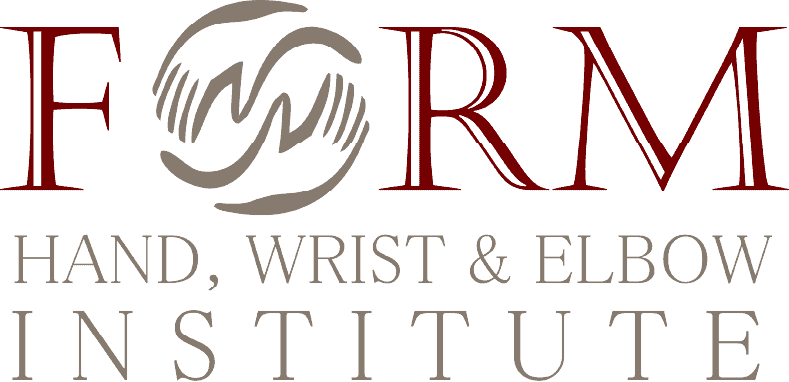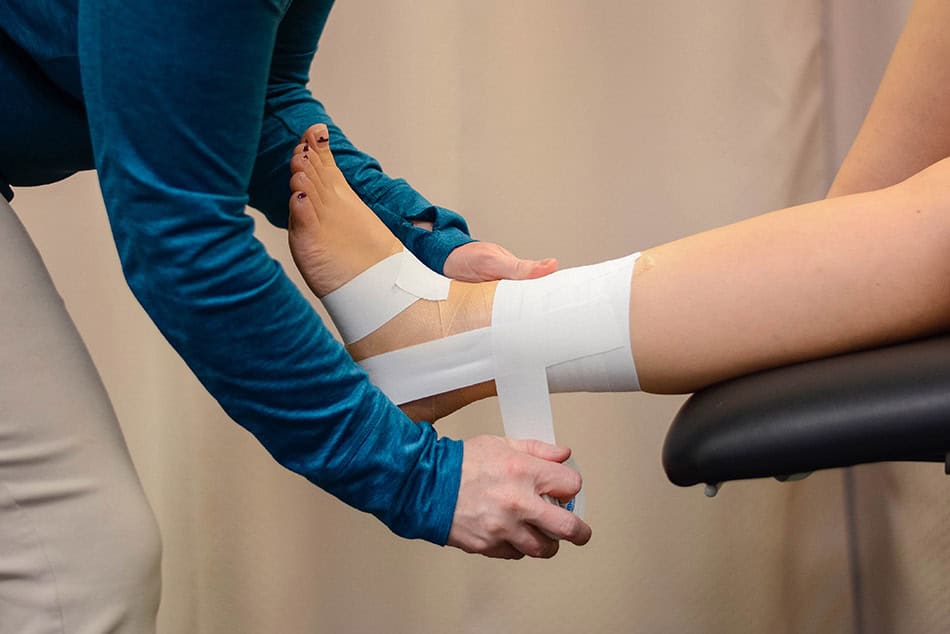When a bone breaks or cracks, it is a fracture. Bones are connective tissues that always support your body. They keep the body stable and protect the internal organs even when they aren’t moving. There are different types of bones in the body, such as large, short, irregular, or flat, and these different types of fractures can affect the human body. Fractures are common and usually caused by falls, trauma, direct blows, car accidents, sports injuries, etc. Doctors are estimated to likely treat around 6.8 million fractures in the US annually.
How long Does it Take for a Bone Fracture to Recover?
Bone fracture treatment depends on which bone is affected and how. Most fractures may heal within 6-8 weeks, but it may vary from bone to bone based on individuals. While you may be advised with precautions and many dos and don’ts, it impacts your life. It may restrict your mobility or ability to perform work tasks or social outings. It can affect your mental health as you may find yourself losing out on many opportunities or fun things.
What is Nonunion?
Imagine if a bone fracture doesn’t heal, and it is not uncommon. Bone fractures that don’t heal are called nonunion or take forever to heal are malunion. And it happens even when equipped with advanced technologies or treatment methods. There are high chances in some instances that make it more likely that the bone fracture will fail to heal. Below symptoms show that the bone has not recovered after the treatment.
- Tenderness
- Swelling
- Aching pain
Risk factors of Nonunion
However, there are certain risk factors of nonunion that can prevent you from healing. Some of these are
- Older age
- Severe anemia
- Diabetes
- Tobacco or nicotine use in any form can prevent bone healing
- Low vitamin D
- Hypothyroidism
- Poor nutrition
It can happen if the bone has a limited blood supply and lacks nutrition or stability. The broken pieces of bones are joined together to be held and must remain stable for healing, and if that is not the case, it prolongs the healing. A fractured bone can cause severe pain, and you might also notice swelling and bruising. We are committed to providing the treatment that is most suitable to your needs. So, if you experience nonunion signs or symptoms, it is better to schedule an appointment with FORM Hand, Wrist & Elbow at (510) 480-3700 and we can help your case.


